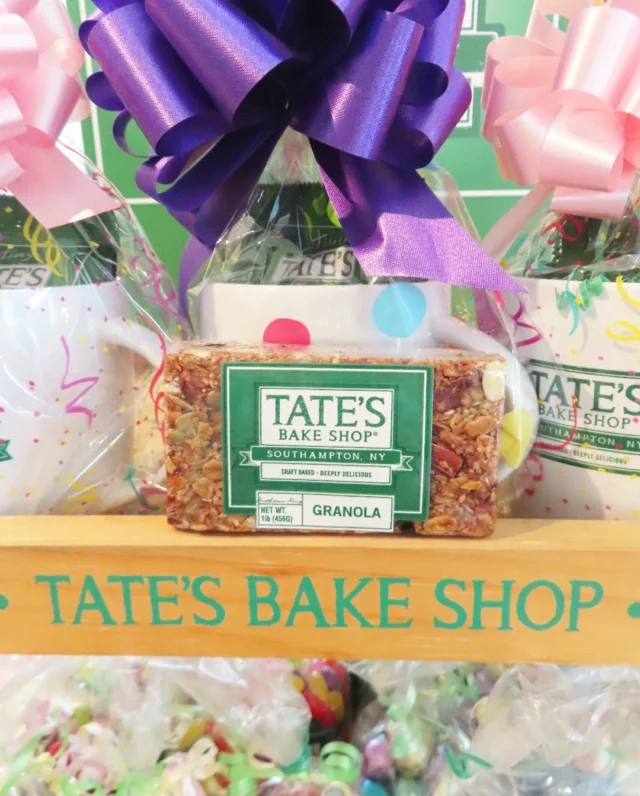Perennial flowers are favorites of so many gardeners and landscape designers for good reason. Unlike annuals like impatiens and geraniums, perennials come back year after year to bring their lovely colors to the garden. Better yet, many of them grow from single plants into clumps, and reward you with ever more bloom. The downside of perennials is that most of them bloom for just two or three weeks, and then are green mounds of leaves the rest of the growing season. To have color in the garden all season, the classic solution is to plant flowers that bloom at different times and carefully plan a succession of color from spring to fall. As some plants finish blooming, others are beginning. That takes a lot of planning, and extensive knowledge of plants and when they bloom. But there’s an easier way to have a colorful flower garden all summer without the bother of planting anew every spring. Some perennials bloom for many weeks and including them in your landscape will give you long term color. If you cut off the old spent flowers, the plants will bloom longer, even all summer (find some tips at the end of this article). Here are some long bloomers for long-lasting color.
If you’re a daisy lover, you will enjoy the cheerful daisy-like yellow blossoms of Coreopsis. The soft yellow flowers of the aptly named Coreopsis Moonbeam bloom for a month and more in summer. The plants are easy to grow in a sunny spot, and the flowers bloom in abundance on thin stems. When there seem to be more of the little brown buttons of spent flowers on the stems, you can stimulate a new round of bloom by shearing back the plants by about a quarter or a third of their height with scissors or hedge clippers. The plants will produce new flower buds in short order. If you like bright golden yellow, grow Coreopsis grandiflora instead. When this one slows down, cutting off the old flower stems at the base will do the trick.
Another excellent candidate for the nonstop perennial garden are daylilies. Not all daylilies, though. As the name implies, each daylily flower blooms for just a single day. But each flowering stem produces several, and they open in succession. When the last flower on the stem has gone, you cut the stem back to its base. For many daylilies, when the last flowering stem is gone, so are the flowers until next year. But some varieties, notably those with “Stella” as part of their name (the original was Stella de Oro) and those that have “Returns” in their name (such as Happy Returns and Rosy Returns) will produce brand new flower stems, with a new crop of blooms, when the old stems are cut back. Just cut them off at the base.
One of the more interesting plants in the perennial pantheon is Sedum. The sedums best known in flower gardens grow as a clump of thick, fleshy stems and leaves and produce their flowers as heads of tiny florets. When they first develop they resemble heads of broccoli. In late summer, these green clusters of flower buds begin to lighten to light green, then very gradually they turn light pink and slowly deepen, over a span of weeks, toward a salmony bronze color (in the variety Autumn Joy) or hot pink (in newer varieties like Neon and Brilliant). These flowers light up the late summer garden and last for many weeks. As fall settles in, the color deepens further, eventually becoming brown. Some gardeners leave the old flower stalks in the garden all winter, for their sculptural interest.
Perhaps the most carefree of all summer flowers are the group of roses collectively called landscape roses. Knock Out roses are the best known. These plants will bloom happily all summer, all by themselves. All you need to do is water them in dry weather, and fertilize occasionally.
Including these long bloomers in your flower garden, or even building a garden around them, will reward you with reliable color year after year, without having to replant your garden every spring.







![Join us May 6th at The Harmonie Club for the Spring Salon Luncheon, a beautiful gathering in support of a truly meaningful cause. Together, we’ll raise critical funds and awareness for @campgoodgriefeeh—@eastendhospice’s summer bereavement camp helping children and teens navigate loss with compassion, connection, and healing. [link in bio]](https://hamptonsrealestateshowcase.com/wp-content/uploads/sb-instagram-feed-images/491527001_18506092897030135_3117653411609489602_nfull.webp)
![Welcome to this exquisite custom-built home in the prestigious Quogue South estate section, just moments from Dune Road and some of the world’s most breathtaking ocean beaches. Completed in 2024, this expansive shingle-style residence offers 6 beds, 7 full and 2 half baths, a separate legal guest cottage, heated gunite saltwater pool with spa, all set on a beautifully manicured 0.74± acre lot. Represented by @lauren.b.ehlers of @brownharrisstevens. [link in bio]](https://hamptonsrealestateshowcase.com/wp-content/uploads/sb-instagram-feed-images/491516869_18505931593030135_4655757731678000577_nfull.webp)
![Discover 11 Oyster Shores, a unique marriage of thoughtful design, uncompromised execution and meticulous craftsmanship expressed across nearly 6,000± sq. ft. of highly curated living space. Brought to life under the watchful eye of Blake Watkins, the visionary behind WDD, the project is a refreshing departure from the ordinary. Represented by @nobleblack1 of @douglaselliman. [link in bio]](https://hamptonsrealestateshowcase.com/wp-content/uploads/sb-instagram-feed-images/491440257_18505740808030135_9064730571228880657_nfull.webp)
![Reserve your ad space now in the Memorial Day “Summer Kick-Off” Issue of #HRES! 🍋 Be seen by high-end buyers and sellers across the Hamptons, Manhattan, and South Florida—just in time for the start of the season. Secure your spot today and make waves this summer 🌊☀️ [link in bio]](https://hamptonsrealestateshowcase.com/wp-content/uploads/sb-instagram-feed-images/491441694_18505573426030135_4475989184561040528_nfull.webp)

![Tuesday, April 15, was Tax Day for most, but for someone in Palm Beach, it was closing day! The nearly 8,00± sq. ft. Mediterranean-style residence at 240 N Ocean Boulevard, with direct ocean views and a private, 100-foot beach parcel, closed at exactly $26,670,750. The seller was represented by Jack Rooney of @douglaselliman and Elizabeth DeWoody of @compass while Dana Koch of @thecorcorangroup brought the buyer. [link in bio]](https://hamptonsrealestateshowcase.com/wp-content/uploads/sb-instagram-feed-images/491445351_18505056166030135_4907944420436119099_nfull.webp)
![Previously featured on our 2024 Columbus Day issue cover, 74 Meeting House Road has officially sold! This stunning new construction in Westhampton Beach offers the perfect blend of thoughtful design and timeless style. Congratulations to @kimberlycammarata of @douglaselliman who held the listing! [link in bio]](https://hamptonsrealestateshowcase.com/wp-content/uploads/sb-instagram-feed-images/491441951_18504901357030135_2664904795600183799_nfull.webp)
![Located South of the highway in Southampton this 4 bedroom, 5.5 bath multi-story property, offers extensive exterior architectural detail throughout. 60 Middle Pond Road offers breathtaking views and tranquil living, nestled along the serene shores of Middle Pond and Shinnecock bay. Represented by @terrythompsonrealtor @douglaselliman. [link in bio]](https://hamptonsrealestateshowcase.com/wp-content/uploads/sb-instagram-feed-images/491451873_18504686110030135_5284427082339135969_nfull.webp)
